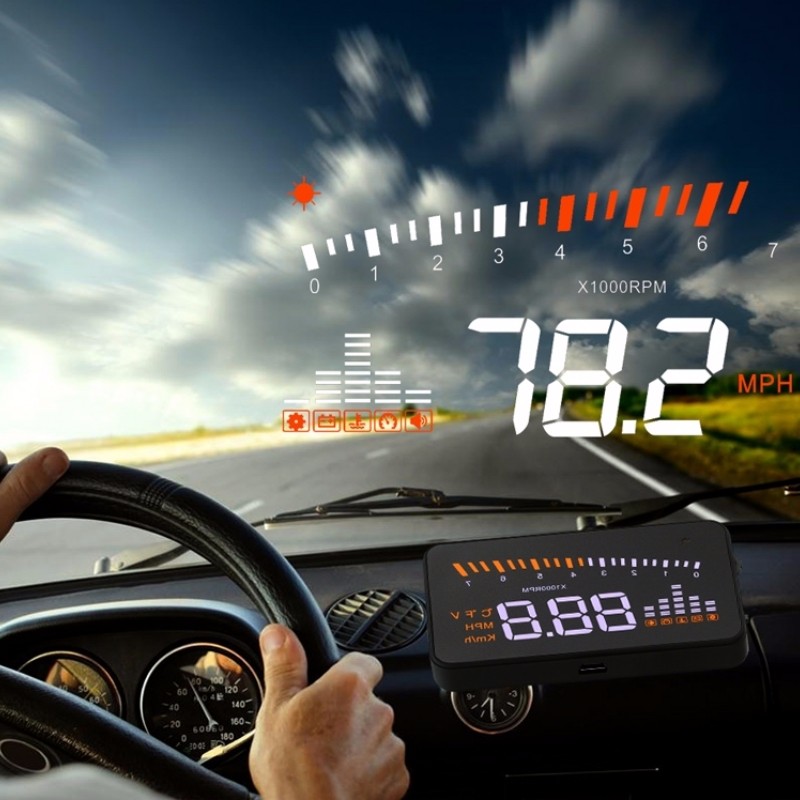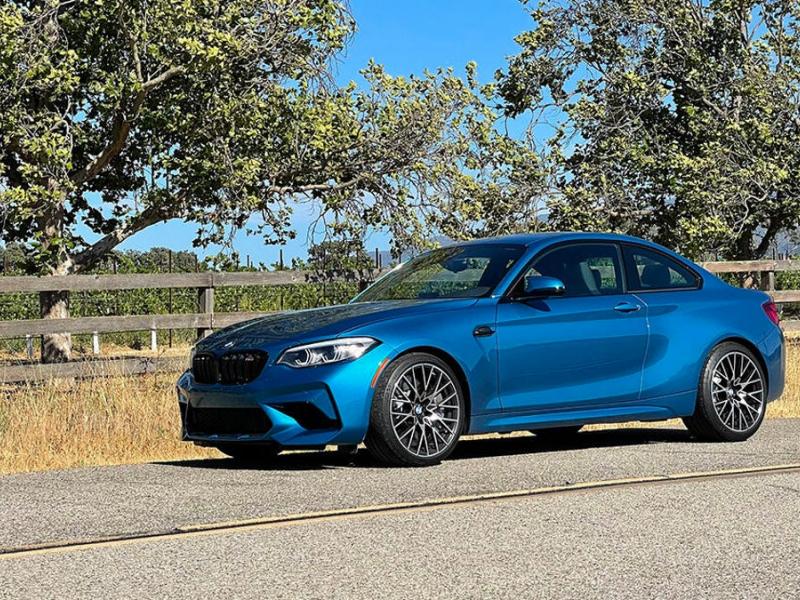How to Safely Drive at Night
There are fewer things more stressful than driving after dark. Your vision is limited, you’re tired and who knows what sort of wildlife could be roaming around next to the roads?
Unfortunately, you can’t just stay indoors your entire life, so eventually your car and you will have to venture outside. Don’t worry – these trips don’t have to be terrifying.
Here are a few basic tips for driving safely at night:
Take Care of Your Headlights
Your headlights are your first defense against the darkness. Without them, you would surely run headlong into countless objects, animals and people while driving.
It is imperative that you keep your headlights in the best condition possible. Not to be grim, but your life could depend on it. A basic fact about headlights is low beams illuminate 160 to 250 feet of the road in front of your car, while high beams light up 350 to 500 feet.
It takes more than 200 feet to come to a stop traveling 60 mph, so even if you’ve got your brights on, there isn’t a ton of wiggle room.
Surprisingly, many headlights, even in new cars, are pointed lower than necessary. Others are unevenly pointed, and both of these miscues can severely impair your field of vision at night.
Take the time to aim your headlights directly forward, as high as you feel is necessary. Doing so will improve and extend your field of vision on the road.
Take Care of Your Eyes
It seems obvious to say that the nighttime has an effect on your eyes, but it’s especially true in the context of driving at night. The darkness affects your eyes drastically, which you have to understand and be prepared for.
When it’s dark around us, our pupils dilate, which causes our eyes to detect movements and lights instead of sharp details and vivid colors we pick out during the day. This, of course, makes it difficult to distinguish various objects on or next to the road.
Your depth perception is also dulled at night, which makes your eyes more disposed to feeling tired and dry.
Eye doctors recommend keeping your eyes moving and scanning the road while driving at night, rather than focusing all your vision on just one area. It’s also suggested you get your eyes checked every two years if you’re over 18 and annually if you’re over 60.
Stay Focused and Alert
This rule applies to driving in general, but especially to nighttime driving. It’s very easy to let drowsiness take over while you’re behind the wheel, so staying sharp is of utmost importance.
Even at night, there can be plenty of distractions on or next to the road, so don’t let your eyes wander and then become fixated on something in the distance. Always stay on the lookout for oncoming traffic, and to avoid the glare from that traffic, focus your eyes on the right side of the road until it passes.
Most importantly, don’t ignore eye fatigue. When your eyes start feeling heavy, don’t try to power through. Just pull into the next rest area you find and take a quick nap.
Even if you’re not fully comfortable with night driving, these tips should at least make it a bit easier and a lot safer.





